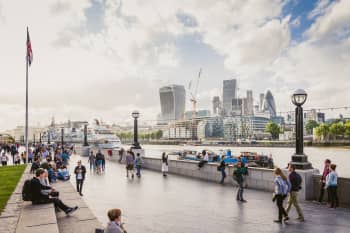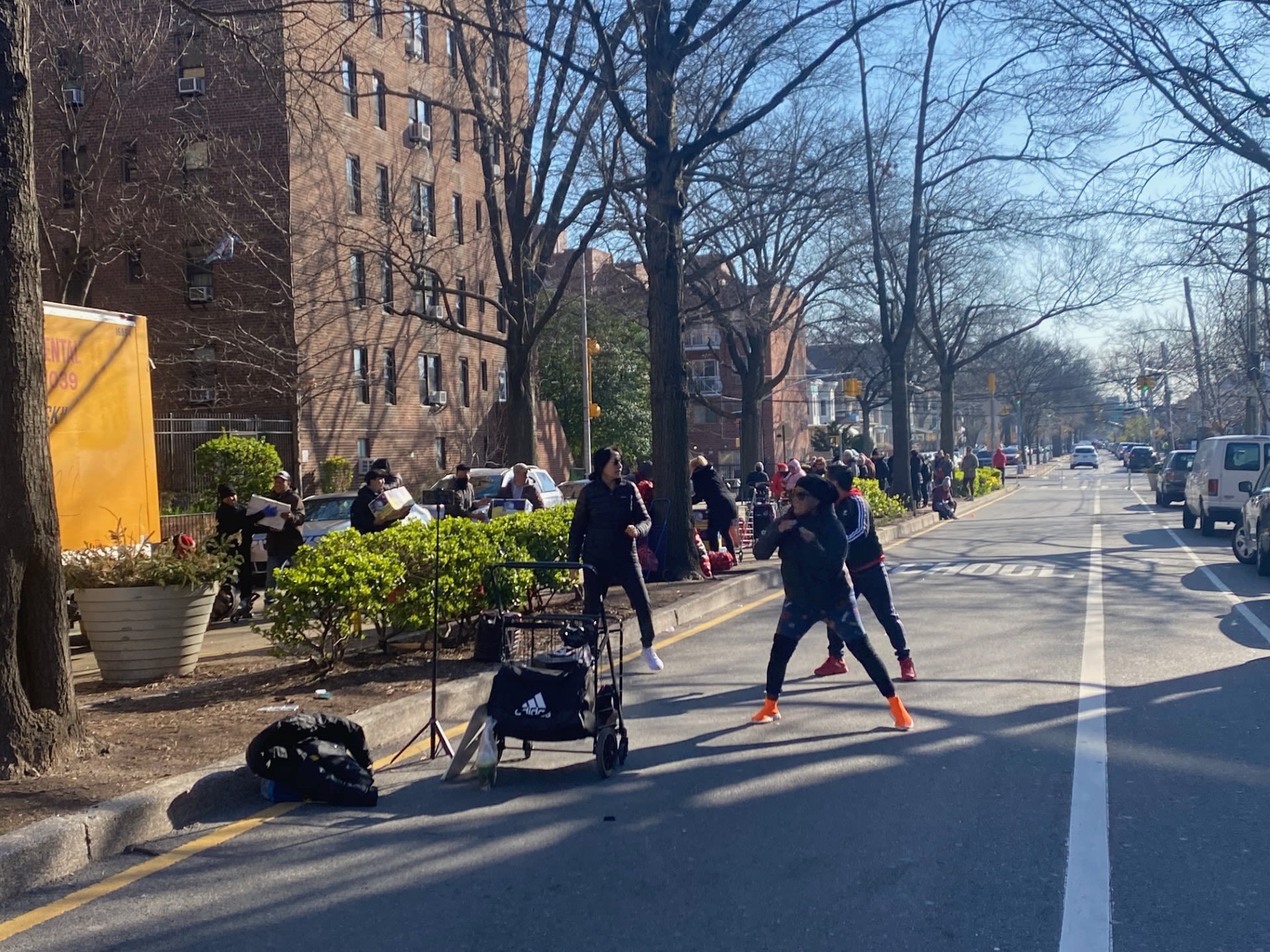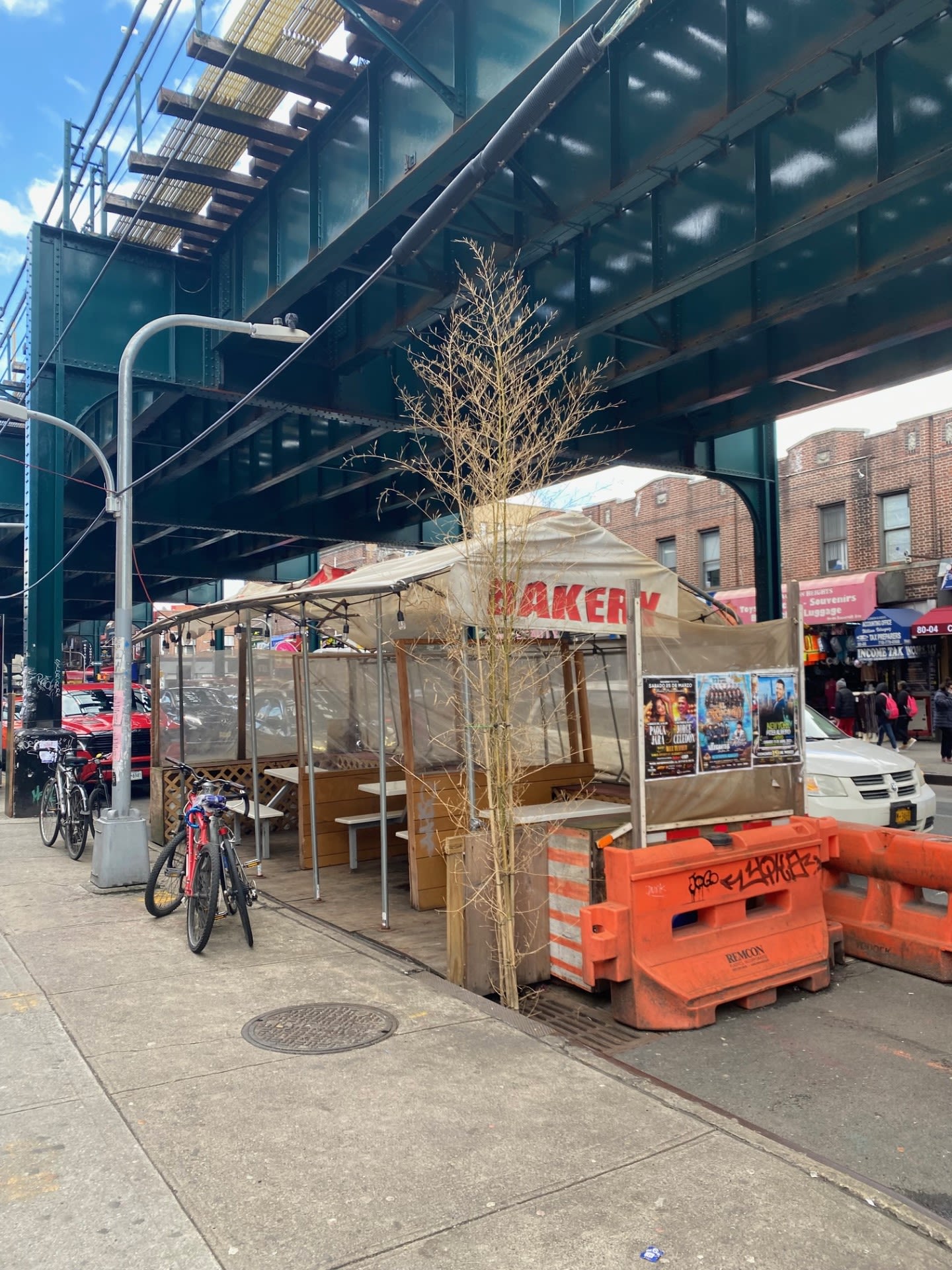How can cities learn from the pandemic?
What have cities like London and New York learnt from the global COVID-19 pandemic?

Cities around the world rapidly learnt to be adaptable and resilient during the COVID-19 pandemic.
But they are not doing enough to retain what they learnt, according to Lauren Andres, Professor of Planning and Urban Transformations at the Bartlett School of Planning.
“There is a very high risk, already observable in many cities, that very few lessons from the pandemic have been learned. Cities may still not be well prepared for future pandemics, nor for even more severe crises.
“Many planners tend to think that temporary is not the way forward because you cannot really plan if things are not going to be made permanent.
“But cities are effectively the legacy of centuries and centuries of adaptability and temporary adjustments. It is very difficult to change the layout of cities. This means that there is very much a need for agility within the existing built environment.
“That is why it is important to introduce ideas founded upon the principles that streets, for example, can be used not only for cars and circulation, but also as a space for dining, playing or socialising.”
The return to ‘normal’
While the pandemic showed us how effective our collective responses to a crisis could be, many countries and cities have since shaped their pandemic recovery responses as an attempt to return to ‘normal’.
Unfortunately, as Professor Andres says, “this ‘normal’ is characterised by significant turbulences linked to immediate ongoing crises – social and political discontent, economic problems including the cost-of-living crisis, and the pressing net-zero and climate change agenda”.
This blend of external crises has an ongoing impact on the ability of people and places to cope, survive, adapt and recover.
As many communities were only too aware during the pandemic, in a global crisis, we are definitely not ‘all in the same boat’.
Deprived communities suffer a disproportionate amount of the negative impacts. They are located further from essential services and green spaces, and often employed in jobs and living in spaces that don’t accommodate remote working. In a crisis, these are the people whose living conditions are the first to deteriorate, along with their wellbeing.
While many cities found imaginative solutions to support these communities during the pandemic, the return to ‘normal’ has been primarily focused on economic recovery, with little thought given to preparing people and cities for future crises.
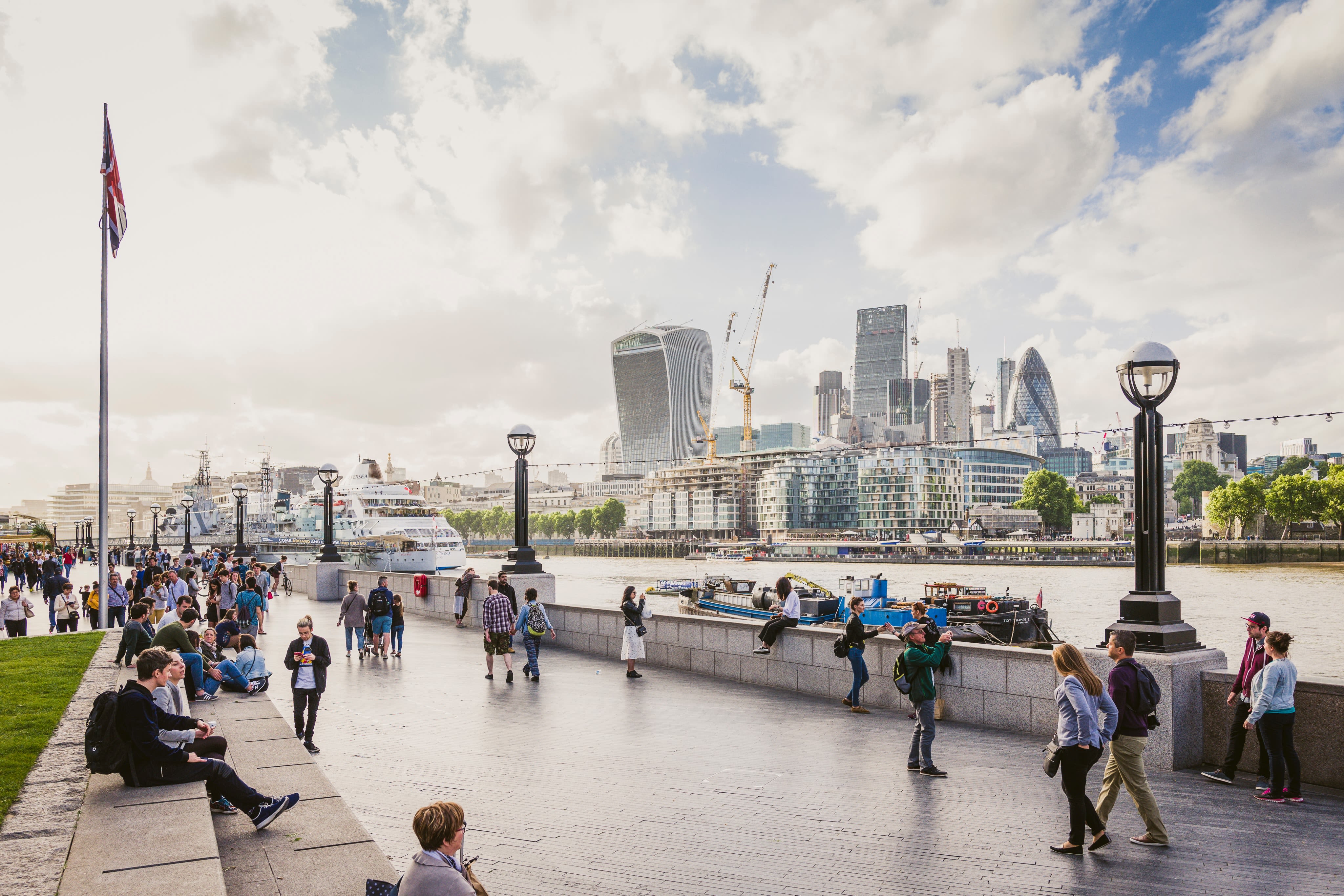
Helping cities stay adaptable
Across the globe, the pandemic drove rapid adaptations to public spaces, parks and street furniture. Temporary traffic arrangements were created to widen pavements, providing pedestrians with more space for social distancing. Outdoor dining was extended, and more active travel arrangements were created by adding pop-up cycle lanes.
Professor Andres examined and catalogued pandemic responses in London and New York when inhabitants of both cities were still facing severe restrictions on their movement and behaviour. She is now assessing their legacies.
She has assembled an interdisciplinary consortium of researchers in London, New York, Paris and Tokyo to design a set of evidence-based lessons helping to embed proactive adaptability approaches.
The project uses a mix of academic analysis, alongside surveys and interviews with stakeholders and local communities, focusing on three themes:
- How planning regulations and policy can be adapted to allow swift and prompt change of use
- How spaces dedicated to mobility and transport, like streets and sidewalks, can be repurposed for socio-cultural and health purposes
- How outdoor public spaces, like squares, parks, and vacant and abandoned land, can be adapted for more diverse and inclusive community-led purposes and improve wellbeing and mental health
The project has already learnt much about how different geographical, planning and governance contexts affected the response to, and recovery from, the pandemic in the cities studied.
“Since the 2008 financial crisis, London has been at the forefront of adaptable urbanism, really pushing temporary – or what they call ‘meanwhile’ – uses to reactivate spaces.”
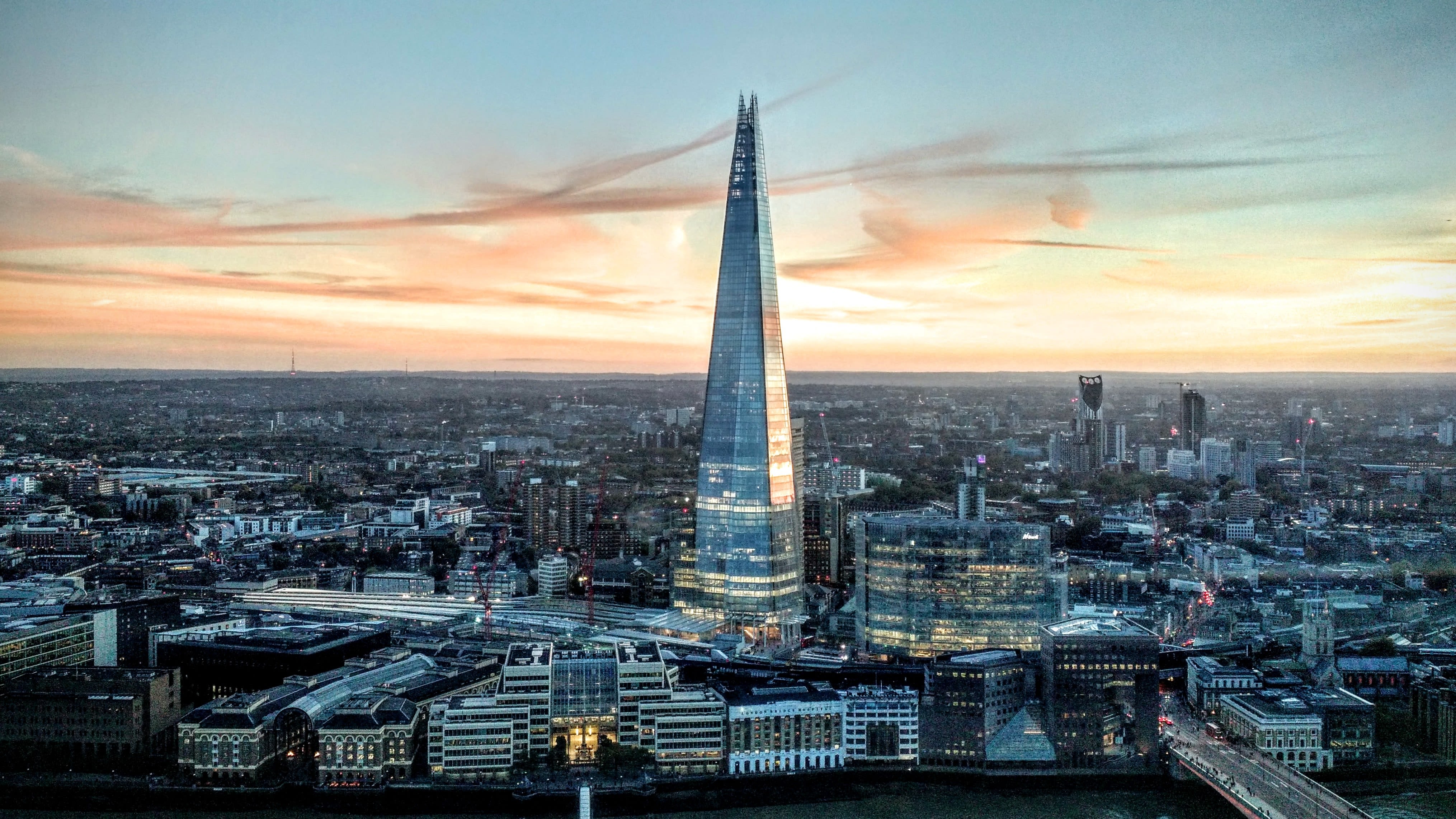
Flexible adaptation in London
London provided the team with a deeper understanding of how regulatory approaches could be designed with flexibility in mind, by adopting new attitudes to the participatory process in times of crisis. As one local government worker interviewed pointed out:
“We usually spend about six months to a year doing community engagement, going through the political process. Then we were basically told by central government, ‘don’t do any consultation, you just need to put it in within a matter of weeks.’ That was the actual wording, a central directive, so we just went and did it.”
London’s efforts to adapt were also improved by temporary changes in permitted development rights – but as Professor Andres points out, planners have missed the opportunity to capitalise on this advantage.
“It is really interesting... since the 2008 financial crisis, London has been at the forefront of adaptable urbanism, really pushing temporary – or what they call ‘meanwhile’ – uses to reactivate spaces.
“During the pandemic, temporary urbanisms spread to outdoor spaces to build city resilience.
“But nowadays adaptability is mostly back to thinking about empty shops and declining high streets, rather than reflecting about what various forms of temporary urbanism could look like and mean for cities, neighbourhoods and local communities.”
“In New York there is a very strong legacy of what is called tactical urbanism, or DIY urban design, with the view of creating more liveable and walkable urban environments.”
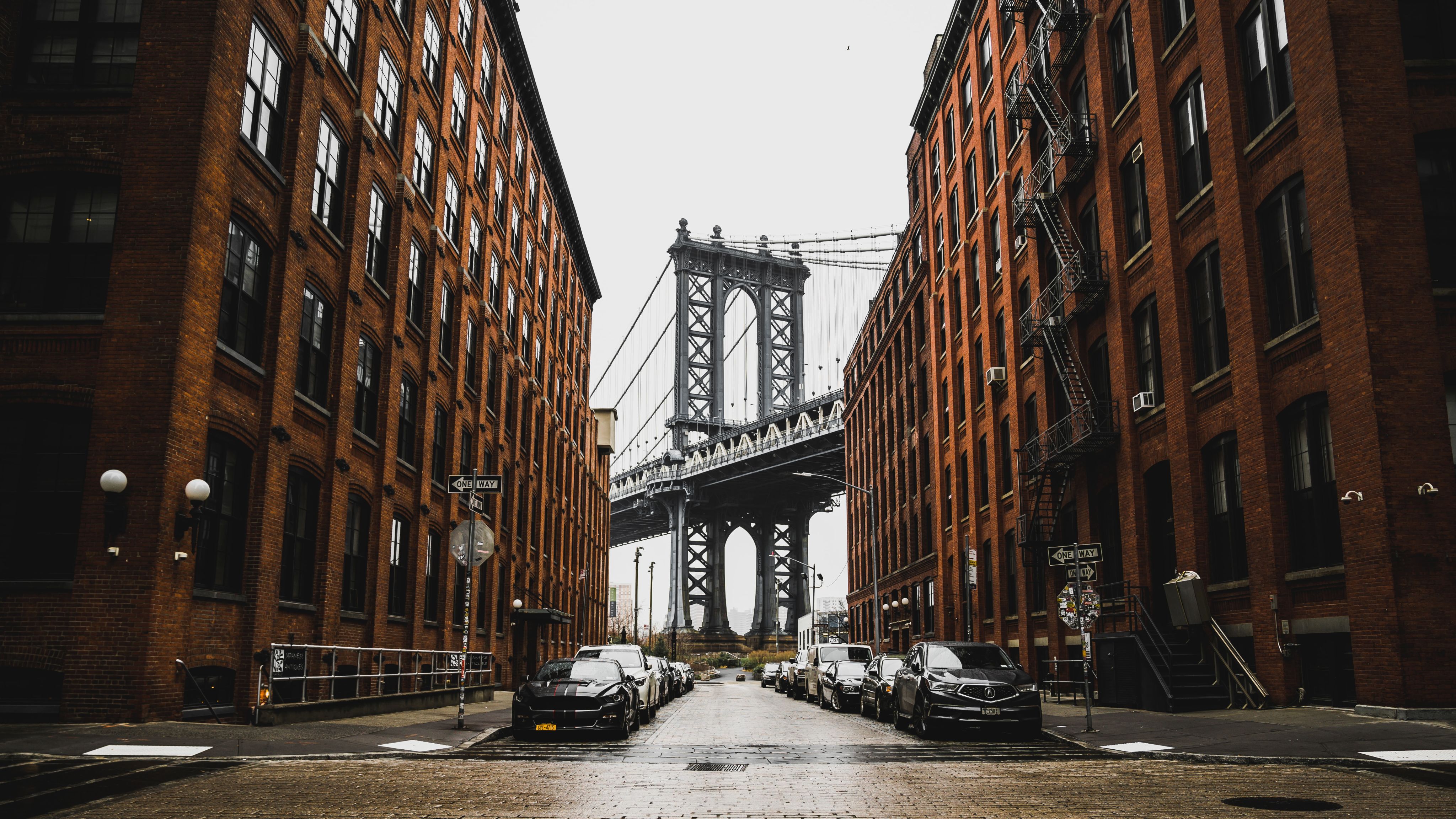
Tactical urbanism in New York
New York’s pandemic adaptations and recovery planning provided some illuminating contrasts with what has been seen in London, Paris and elsewhere. New York’s coherent, ‘whole city’ approach was rooted in a strong political commitment to climate crisis management and active travel. They were already focused on diversifying usage of streets and other outdoor spaces long before the pandemic, thanks to movements like tactical urbanism. Professor Andres explains:
“In New York, there is a very strong legacy of what is called tactical urbanism, or DIY urban design. It is linked to the New Urbanism principles, a planning movement in the US which has been informing the transformation of cities over the past 20 or 30 years with the view of creating more liveable and walkable urban environments.
“Tactical urbanists argue that you can improve living conditions just by making small changes in streets – adding bookshelves on sidewalks or creating seating areas when none are available, for example.”
The instinctive logic of the tactical urbanist approach played out in a wide range of locations and contexts throughout the pandemic, and in many North American cities this matched with core policy priorities and emergency measures.
This was the context that allowed the Department of Transport (DOT) in New York to respond to the health crisis by significantly expanding their Open Streets programme.
Community-led adaptation
Open Streets enables local communities in New York to arrange street closures and create alternative spaces for playing, exercising, or socialising.
The 34th Avenue Open Streets initiative in Queens provides a strong example of how community-led adaptation born during the pandemic had a transformative impact on residents’ lives. Jim Burke, 34th Ave Open Streets co-founder, outlines the difference the project makes.
“By repurposing one street in our neighbourhood - from cars to pedestrians and bicyclists - we have exchanged pollution, noise and injuries for fresh air, tranquillity and most importantly, safety.”
As Jim explains: “By repurposing the enormous amount of space that cars take up, you now have a place to offer residents services that they would otherwise not have access to, or that may not exist in their neighbourhood: exercise programs, dance classes, cultural events, as well as needed services like food distribution, help with school registration, rent relief, immigration questions, and English as a second language classes.”
Jim (and many other participants) recognised the valuable opportunity to share their findings and experiences with the wider audience this research provides. This is a crucial function for the research and a fundamental element of Professor Andres’s research ethos.
“We are proud and happy to share our experience with UCL researchers and participate to their research. Being able to reach people and other communities beyond the US and hear what is happening elsewhere in the world is very important for us.”
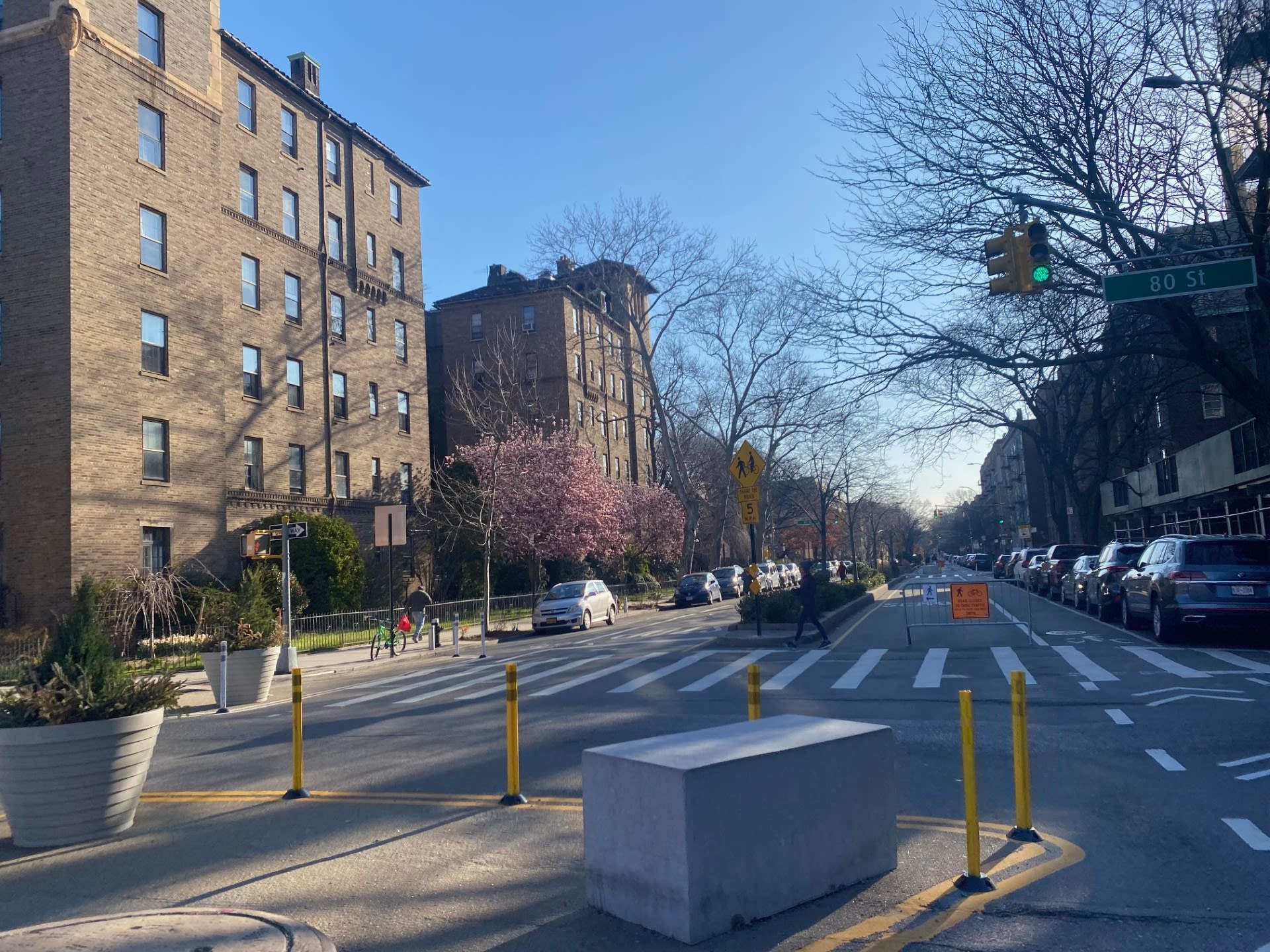
Open air gym class (right) and food bank delivery (left), 34th Avenue Open Streets, Queens, New York. Image credit: Lauren Andres
Open air gym class (right) and food bank delivery (left), 34th Avenue Open Streets, Queens, New York. Image credit: Lauren Andres
Community garden project, 34th Avenue Open Streets, Queens, New York. Image credit: Lauren Andres
Community garden project, 34th Avenue Open Streets, Queens, New York. Image credit: Lauren Andres
Temporary dining adaptation, 34th Avenue Open Streets, Queens, New York. Image credit: Lauren Andres
Temporary dining adaptation, 34th Avenue Open Streets, Queens, New York. Image credit: Lauren Andres
Designing for change and challenge
As the project moves toward Tokyo and Paris, Professor Andres is curious to find out more about how adaptations and ways to engage with recovery in those cities differ from the locations already studied.
“The political nature of planning in Japan is different. There is political continuity and fewer challenges related to contrasting political agendas. Similarly, community engagement is different and far less active and visible.
Professor Andres hopes that solutions and recommendations from the project may help resolve some of the tensions between agility and permanence that continue to divide the planning community.
About the author
Professor Lauren Andres
Professor of Planning and Urban Transformations and Director of Research, The Bartlett School of Planning
Professor Andres' work and contribution sit within the interface of planning, urban studies and geography. Her research focuses on adaptable cities and specifically the temporary and more permanent transformations faced by cities, people and places, in both developed and developing contexts.
Learn more about urban planning
The Bartlett School of Planning at UCL is one of Europe's leading planning schools. We offer a unique hands-on learning environment for students guided by urban planning experts and practitioners at the forefront of our field.
Story produced by All Things Words
© UCL The Bartlett 2024

